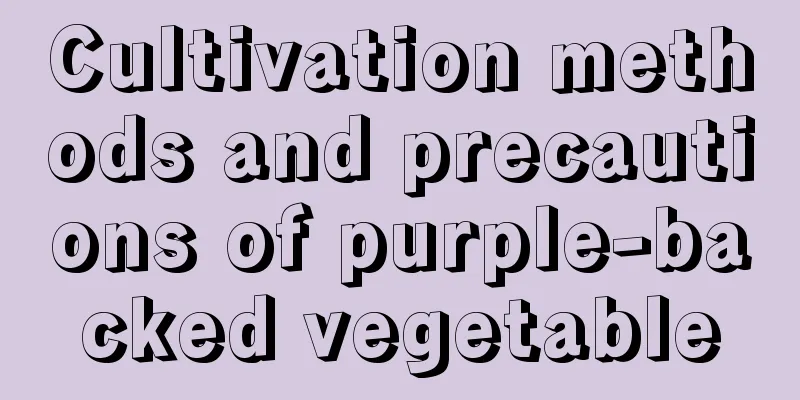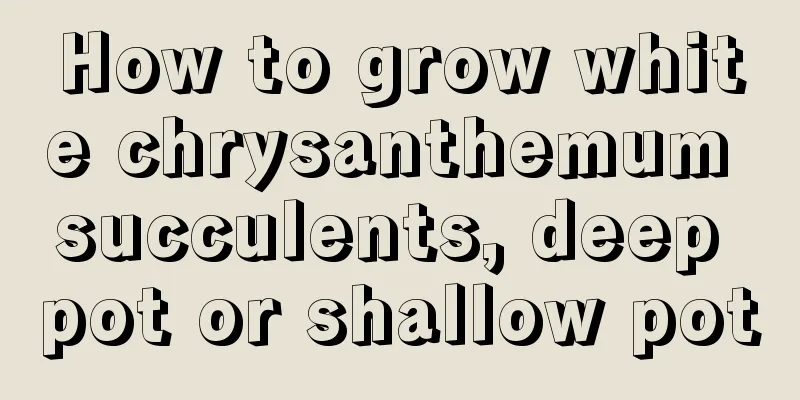How to root old wolfberry piles? Rooting and cultivation techniques of wolfberry piles from the mountains

|
· Wolfberry is a material that many bonsai enthusiasts like very much. Its taproot is well-developed and vigorous. It is very suitable for making bonsai with exposed roots, and when it is fruit-bearing period, the branches are full of red wolfberries, which is particularly interesting. Therefore, when the weather warms up, many friends who like to grow bonsai have begun to dig some wolfberry stumps to cultivate them, and gradually turn them into highly ornamental wolfberry bonsai. Wolfberry stumps are relatively easy to survive. As long as you master the operation method, the survival rate is very high. So how can wolfberry stumps take root quickly? Transplanting seasonThe wolfberry tree stump is suitable for transplanting in spring . It is best to transplant the tree stump in early spring before the plant sprouts. At this time, the sap has not flowed yet, and the weather is getting warmer. After planting, the plant will not be affected much and will soon grow new branches and leaves. In summer, the temperature is high and water evaporates quickly. After collecting the tree stumps, they should be potted and maintained as soon as possible to avoid excessive evaporation of water from the roots. In autumn, when the weather starts to cool, you can also transplant the wolfberry stumps down the mountain , but if the wolfberry trees are still in the fruiting stage, the fruits will easily fall off during transplantation. Stump treatmentThe roots of the newly dug wolfberry tree stumps should be simply trimmed first, and some old, weak and messy roots should be trimmed. For roots that are too long, if they affect cultivation, they can be shortened and the incision should be smooth. After pruning, soak the roots in 0.2% potassium permanganate to sterilize and disinfect them to prevent bacterial infection and rot in the wounds, thereby increasing the survival rate of the cultivation. Cultivation soilWhen planting a tree stump in a pot, first fill the bottom of the pot with a layer of air-permeable and water-permeable particles, such as coal slag or coarse sand. This will increase the permeability of the potting soil and prevent water accumulation in the later stage from causing root rot. The cultivation soil can be 4 parts of garden soil, 2 parts of leaf mold, and 2 parts of river sand . Mix these three kinds of soil evenly as the cultivation soil. We can also use pure river sand to cultivate the stump directly. River sand is moisturizing and breathable, which is conducive to the rooting of the stump. Wait until the stump is fully alive before changing the pot and soil. PottingWhen potting the wolfberry tree stump, many friends want to expose as many roots as possible, which will affect the survival of the tree stump. When you first start to grow the stump, don't expose too many roots to avoid too much water evaporation. So add as much soil as possible on top, or you can add more soil and culture soil on top, so that it can grow a lot of roots. After it is fully grown, take down the pot, and wash away the soil on top every time you water it, and the entire root will naturally appear. Maintenance methodsThe maintenance of the wolfberry stump after it is potted is also very critical. If it is not handled properly, problems will easily arise, causing the stump to not survive normally. |
<<: What are the precautions for the methods and steps of hydroponic carrots?
Recommend
How to care for hydroponic hyacinth
Hyacinth hydroponic method First, choose healthy ...
Tips for growing nasturtium (how to care for and grow nasturtium)
Basic growth habits of nasturtium Nasturtium is b...
How to grow papaya in a balcony pot
Growth environment First, choose a flowerpot with...
How to grow camellia
1. Breeding environment 1. Soil: Camellia is suit...
How to cultivate moth and butterfly flower
1. Maintenance methods 1. Temperature: The temper...
What soil is best for growing onions?
Soil is the most fundamental guarantee for high y...
How to grow ping pong chrysanthemum
1. Maintenance conditions 1. Soil: Ping pong chry...
How to plant Podocarpus (cultivation methods and precautions)
1. Planting method 1. Seed collection: Around Aug...
Is Schefflera suitable for indoor cultivation?
Schefflera can purify the air Schefflera has a be...
Causes and treatments of yellow leaves of bougainvillea
1. Unsuitable soil 1. Reason: The soil has poor d...
How to propagate Begonia chinensis by cuttings
1. Time for cutting Cuttings are not season-speci...
How to prune the tanchun flower
1. Prune dead branches During the growth process,...
How to prune ground-planted roses in winter?
With its abundant flowers, long flowering period ...
What is the best month to plant irises?
When to plant irises Iris is generally propagated...
How to reproduce Jinhuangxing by beheading
1. Prepare tools Before beheading it, you must pr...









